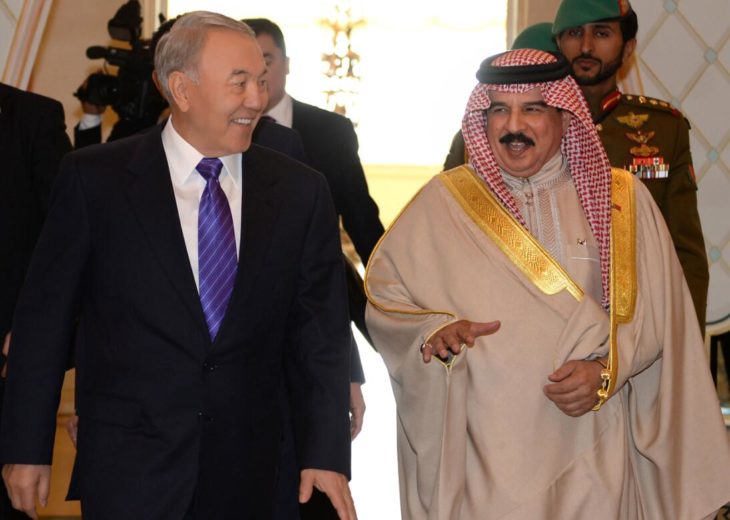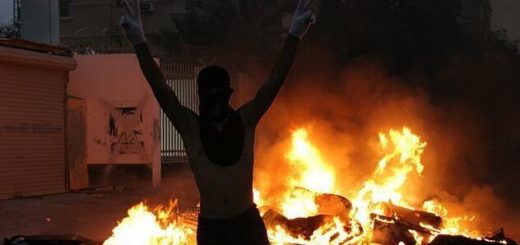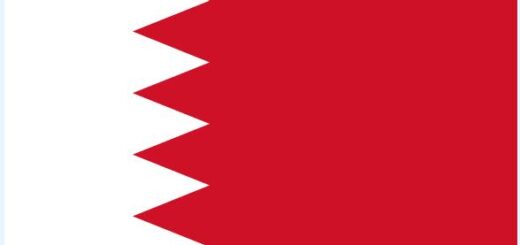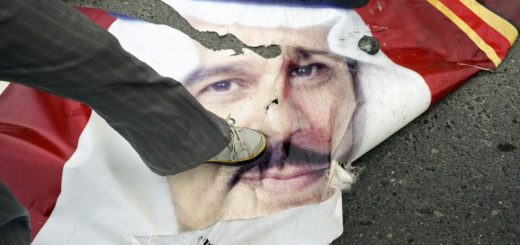Bahrain’s Political System
Bahrain is a constitutional monarchy under the Constitution of 2002.
From independence in 1971, Bahrain was an Arab kingdom, with the emir as the formal and real head of state. The new emir of 1999, Sheikh Hamad bin Isa al-Khalifa, immediately initiated political reforms, and a new liberal constitution was adopted in a referendum in 2002. According to this, Bahrain is a constitutional monarchy, and the emir proclaimed king of Bahrain.
The king has extensive power, including by appointing the prime minister and the government, as well as the national assembly’s advisory body (upper house). He is also commander-in-chief of the defense, and leader of the Supreme Court.
National Assembly
The National Assembly (al-Jamiyh al-Watani) was dissolved in 1975, and restored in 2002. It consists of two chambers: The House of Representatives (Majlis an-Nuwab) has 40 elected members; a consultative council (Majlis ash-Shura) consists of 40 members appointed by the king.
The voting age is 20 years. In 2002, women were elected to the National Assembly for the first time, and political lists were allowed, although political parties were banned. Political groups have therefore organized themselves as associations, which are allowed.
Following the uprising in Bahrain in 2011, which was part of the Arab Spring, the opportunities for political opposition have been narrowed, and two of the most prominent opposition groups, al-Wefaq and al-Wa’ad, were banned in 2016–2017.
Bahrain is divided into 12 municipalities.
Judiciary
The judiciary is characterized by Islamic law ( Sharia ) and British common law. According to the new constitution, the courts are formally independent.
Service in Bahrain’s military forces is based on volunteerism. Bahrain is a member of the Gulf Cooperation Council alliance, and also has close relations with the United Kingdom, the United States and Saudi Arabia. The United Kingdom and the United States have a military presence in the country. The total force figures for Bahrain’s armed forces are 8200 active personnel (2018, IISS). In addition, 11,260 personnel in semi-military forces.
Army
The army has a workforce of 6,000 active personnel. Heavier materials include 180 tanks of the type M60, 67 armored vehicles and 203 armored personnel.
Air Force
The Air Force has a workforce of 1500 active personnel. The material includes 12 fighters of a F-5 Tiger II, 20 fighter aircraft of the type F-16, 11 transport aircraft, 9 trainer (which 6 Hawk can also be used as light combat aircraft), and 61 helicopters, 28 match helicopters of the Cobra.
The Navy
The Navy has a workforce of 700 active personnel. The fleet includes one frigate (of the American Oliver Hazard Perry class), two corvettes, ten patrol vessels, nine landings, and two light helicopters.
Semi-military forces
Semi-military forces include a police force with 9,000 personnel, the National Guard with about 2,000 personnel, and a coastguard with about 260 personnel, 52 patrol vessels and one landings vessel.
International operations
Bahrain has 250 personnel and six fighter aircraft in Saudi Arabia ( Operation Restoring Hope ).



